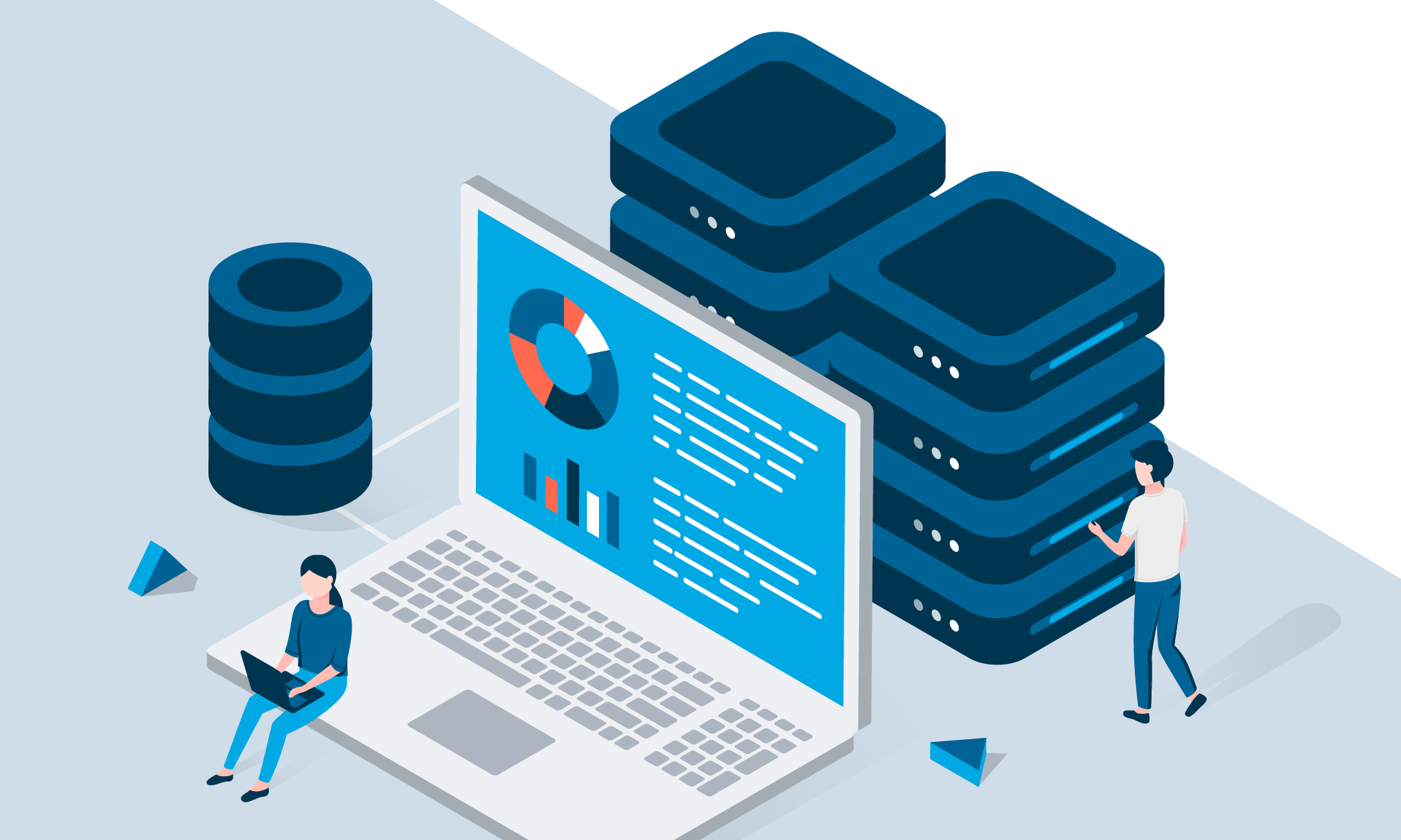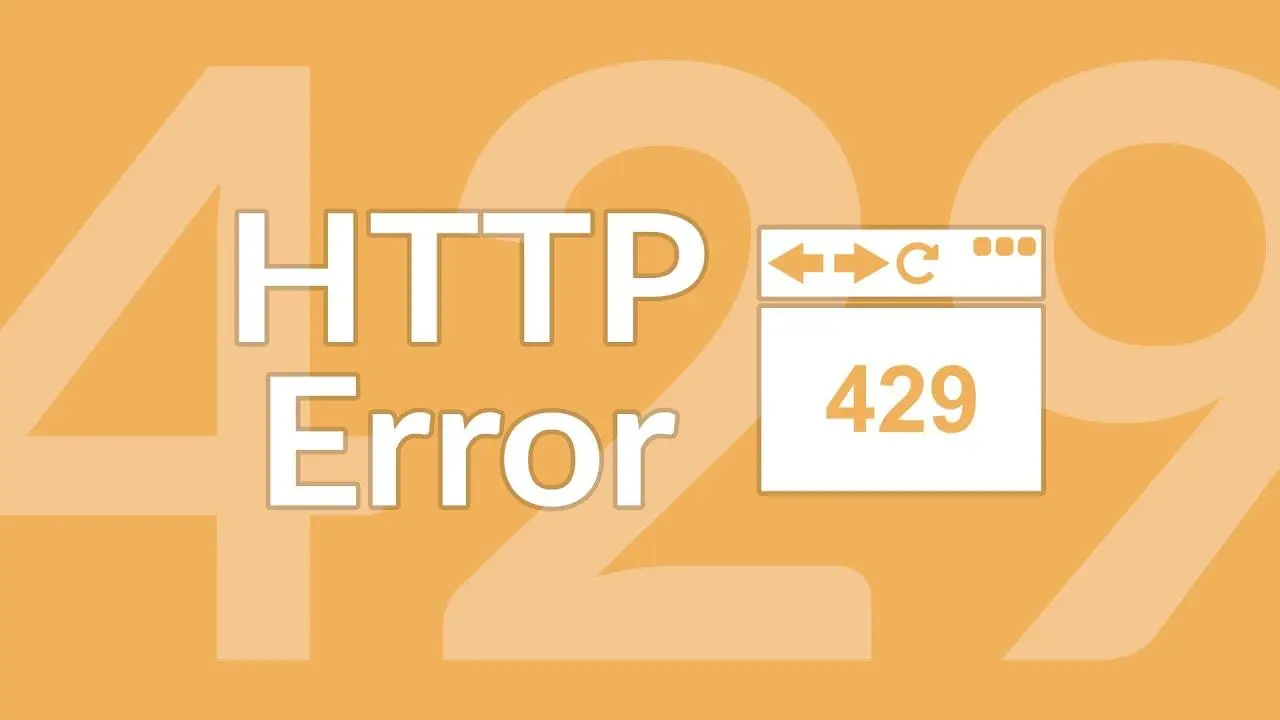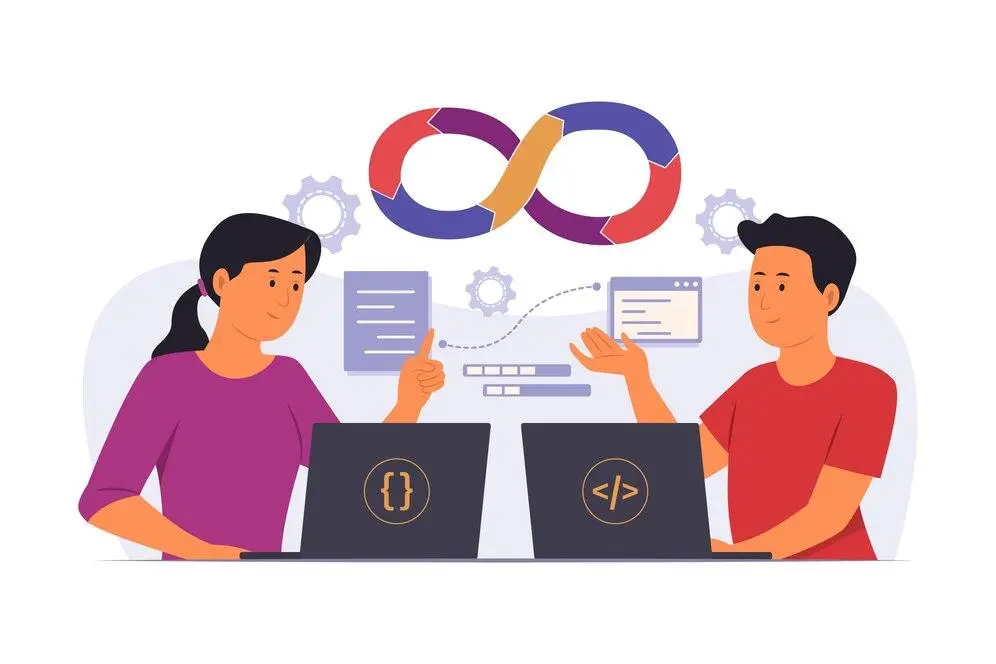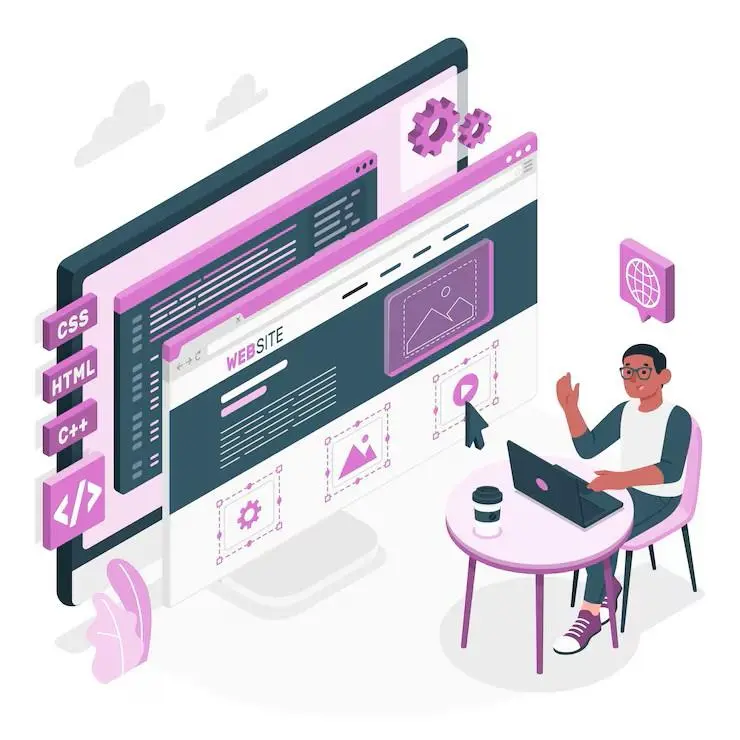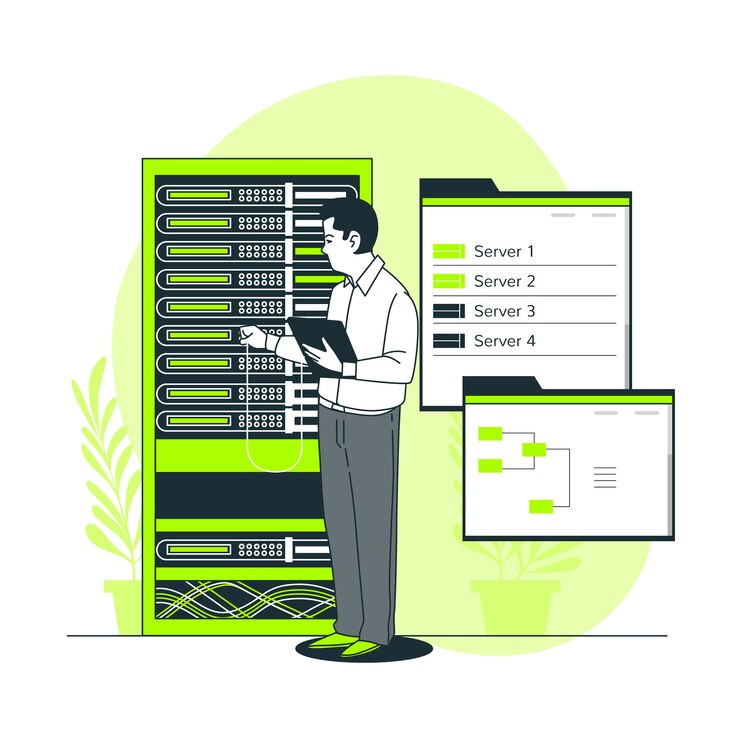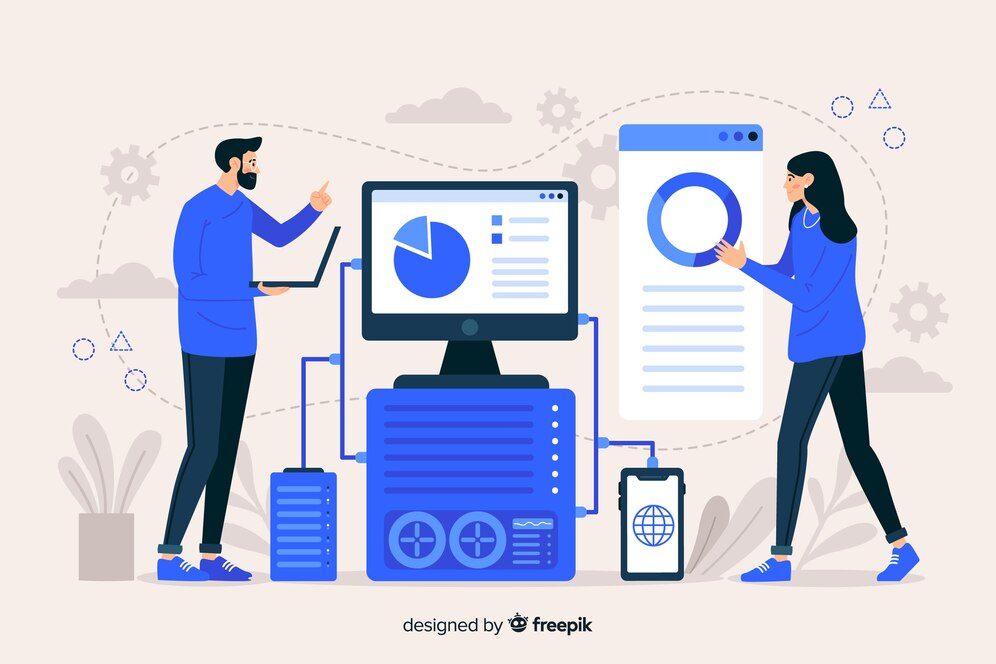Highlights
- A tech stack combines programming languages, frameworks, and tools to build and run applications.
- Choosing the right tech stack impacts your project’s performance, scalability, and development speed.
- Key tech stack components include operating systems, programming languages, servers, and frontend/backend frameworks.
- Understanding your application’s purpose and user experience is crucial in selecting the right tech stack.
- Consider scalability, security, budget, and time to production when choosing a tech stack.
When choosing the right technology stack (tech stack), it’s important to consider not just the features and compatibility of different technologies but also the specific needs of the software application.
A tech stack mixes programming languages, frameworks, libraries, and tools to create and run a software application or system. With so many choices, picking the right tech stack for a project can be tricky.
In this blog post, we’ll explain what a tech stack is, how it can impact a project, why understanding the project’s needs is crucial, and how to make a smart choice based on those needs.
What is a Tech Stack?
Tech stack comprises different technologies stacked together to build an application. Think of it as a set of tools and systems arranged in a specific order to create something functional.
Tech stack is also known as a technology infrastructure or solutions stack, essential for building web apps that are easy to maintain and scalable. Moreover, tech stacks determine the kind of applications you can create, how much you can modify them, and the resources you’ll need to develop them.
What are the Components of a Tech Stack?

Now, let’s get familiar with the essential elements of a technology stack:
- Operating Systems
The foundation of every tech stack is operating systems that provide the necessary platform for development. It enables access to essential computing resources. Common operating systems include Microsoft Windows, macOS, iOS, Linux, and Android.
- Programming Languages
These are the languages used to develop the logic and features of an application. Popular choices for backend tasks include PHP, Python, and Ruby, which handle data processing and server-side functionality.
- Web Servers and Load Balancing
Web servers store the data and code required to run websites and web applications. Moreover, load balancing distributes incoming traffic across multiple servers to prevent any single server from becoming overwhelmed. This ensures smooth operation and quick response times. Services like Amazon Web Services (AWS), Google Cloud Platform, and Microsoft Azure provide hosting and load-balancing solutions.
- Data Storage and Querying
Data storage solutions keep information safe and organized for easy retrieval. Querying involves searching, retrieving, and analyzing data within databases, much like finding specific items in a warehouse. Tools like product analytics platforms can help segment users based on specific criteria, enhancing targeted marketing efforts.
- Frontend UI and Frameworks
The frontend tech stack involves tools for designing and developing user interfaces (UI). Frameworks like React, Vue.js, and Angular are crucial in creating interactive, visually appealing web pages. Tools like Figma aid in UI design and prototyping, while no-code platforms like Userpilot can enhance the user experience by adding intuitive UI patterns.
- Backend Frameworks
These frameworks provide the tools and libraries required to build the server-side logic of web applications. They handle tasks like database interactions, user authentication, and data processing. Examples include Express.js and Django. Cloud services like AWS, GCP, and Microsoft Azure offer the infrastructure to support backend development.
- API Services
APIs (Application Programming Interfaces) enable different software applications to communicate and share data. They act as intermediaries, allowing seamless integration between various systems and platforms. For instance, an API can transfer product data from your application to an analytics platform for further analysis.
- Monitoring and Performance Software
These tools track the health and performance of systems, networks, and applications. They monitor metrics like CPU, memory, and server response times, providing real-time alerts when issues arise. Popular options include Datadog, New Relic, and Prometheus.
- Business Intelligence (BI) Tools
BI tools allow businesses to gather, analyze, and visualize data to make informed decisions. Features often include database management, data visualization, dashboard creation, and reporting. Tableau and Microsoft Power BI are common examples.
What are Tech Stack Examples?

To better understand what is stack in a tech and how it works, here are some popular examples:
- MEAN Stack: This stack includes MongoDB, Express.js, AngularJS, and Node.js. It’s used to build dynamic web applications and websites.
- LAMP Stack: A well-known open-source stack that consists of Linux, Apache, MySQL, and PHP. It’s commonly used for creating dynamic websites and web applications.
- Ruby on Rails: This stack combines the Ruby programming language with the Rails framework, making it ideal for developing web applications and websites.
What are the Benefits of Tech Stack?
Choosing the right tech stack is important for several reasons:
- Scalability: By selecting frameworks and databases that scale well, you can build an app that can grow with your user base. This prevents issues related to scaling as your application gains more users.
- Faster Development: A well-chosen tech stack can speed up the development process. You can hire full-stack developers or specialists in specific technologies.
- Improved Communication: When developers work with a familiar tech stack, it’s easier to communicate and collaborate on the application’s development.
- Resource Planning: Planning your tech stack helps you understand the resources, infrastructure, automation, hardware, and other requirements. This foresight can save both time and money.
- Efficiency: Knowing the project’s objectives and size allows you to choose the right level of complexity for your stack. This helps avoid unnecessary technologies and operations, preventing the use of bulky resources that aren’t needed for your project.
How to Choose/Build a Tech Stack?
Choosing the right tech stack for your apps is essential, as it can impact your project’s performance, scalability, and overall success. Here’s how to approach the decision:
- Understand the Purpose of the Application
What do you want your web application to do?
Considerations:
- Is it a single-page application (SPA) or a multi-page application with extensive functionalities?
- Does it need to interact with multiple systems or require frequent database interactions?
Examples:
- For a SPA, lightweight frameworks like React might be ideal.
- For more complex applications, sophisticated tools and frameworks that support various workflows and integrations are necessary.
- Focus on Design and User Experience
How do you want users to interact with your application?
Considerations:
- Choose tools that support the desired user interface (UI) and meet the expectations of your design team.
- If your website is content-driven, consider technologies that support server-side rendering for better performance.
Examples:
- Use frameworks like Angular or Vue.js if the user experience demands high interactivity.
- For content-rich sites, server-side rendering with Next.js can improve performance and SEO.
- Evaluate Time to Production
How quickly do you need to launch your application?
Considerations:
- Opt for technologies that provide utilities and solutions for everyday use cases.
- Strong community support can be invaluable for fast troubleshooting and feature implementation.
Examples:
- Technologies like Ruby on Rails are known for rapid development, making them ideal for projects with tight deadlines.
- Look for easy languages and frameworks for your team to learn and test.
- Assess Costs
What is your budget for development and maintenance?
Considerations:
- Cloud technologies can reduce deployment and maintenance costs.
- The complexity of the chosen technology may increase the cost of hiring developers and maintaining the application.
Examples:
- Using AWS or MongoDB Atlas can save on infrastructure costs.
- Choosing widely-used technologies can help reduce training costs and speed up development.
- Plan for Scalability
Will your application need to scale as your user base grows?
Considerations:
- Modern databases like MongoDB offer good scalability options for data-intensive applications.
- A well-designed framework, such as Model-View-Controller (MVC), can simplify future expansions.
Examples:
- NoSQL databases like MongoDB are ideal for scaling complex data structures.
- Frameworks like Django or Laravel, which use MVC, can help maintain clean and scalable code.
- Prioritize Security
How critical is security for your application?
Considerations:
- Choose technologies that adhere to best practices for data security and vulnerability management.
- Regular updates and community support are essential for maintaining security.
Examples:
- Implement security-focused frameworks like Spring Security for Java-based applications.
- Use well-maintained libraries and follow industry standards like OWASP for secure coding practices.
You all know that there is no one-size-fits-all solution! At Tambena Consulting, we offer cutting-edge tech stack solutions and OpenStack DevOps services tailored to elevate your business. Our expert team integrates the best technologies to ensure your applications are scalable and efficient. Contact us to experience the power of a well-crafted tech stack!
Summary
Understanding what a tech stack is, is essential for successful software development. A tech stack combines various tools and technologies to build and run applications. Choosing the right tech stack impacts your project’s performance and scalability. It’s crucial to match the tech stack with the specific needs of your application. This ensures your project is efficient, secure, and scalable for future growth.
FAQs
What Is A Tech Stack?
A tech stack combines programming languages, tools, and technologies to build and run a software application.
What Is A Marketing Tech Stack?
A marketing tech stack is a combination of software tools marketers use to plan, execute, and analyze marketing campaigns.
What Is A Tech Stack Everfi?
EverFi says a tech stack is a list of tools, languages, frameworks, and software products used to build an application. It includes all the technology required to create a game. It also includes a breakdown of tasks a team must complete to develop an application.
What Is A Sales Tech Stack?
The sales tech stack is a combination of software tools that sales teams use to manage customer relationships, automate tasks, and track sales performance.
